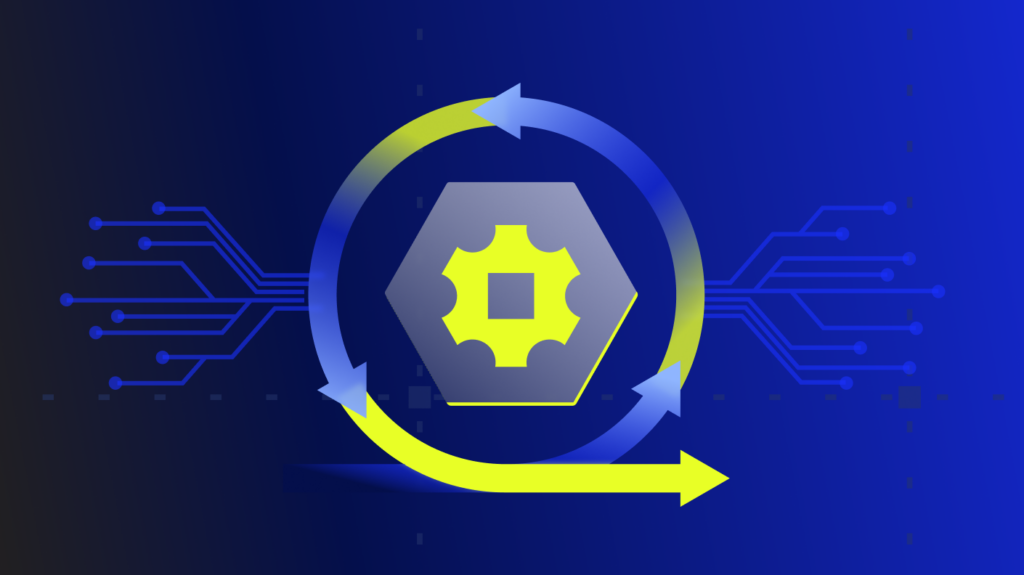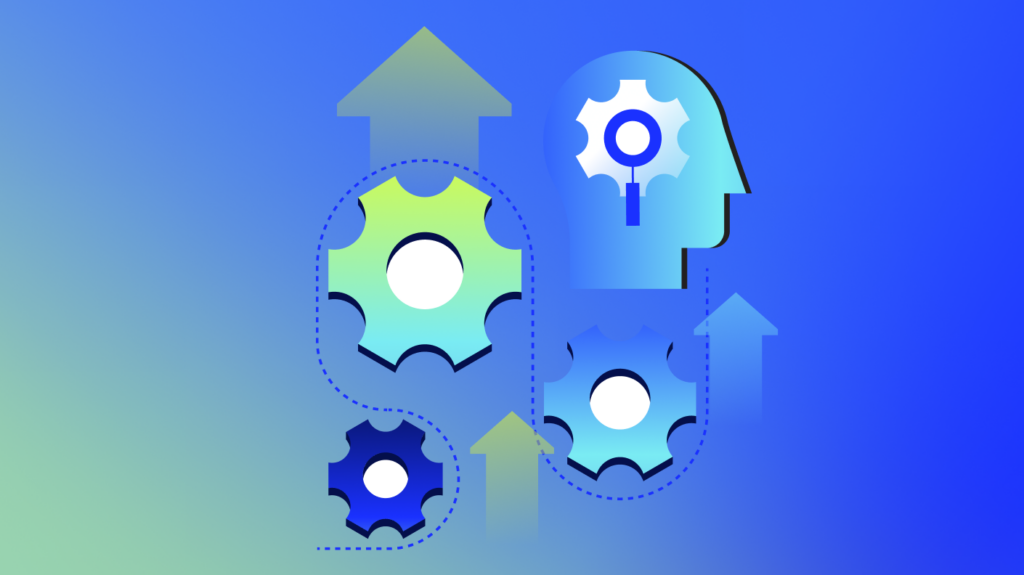UX (user experience) is a core factor that determines the success of an application or platform in a distributed system. Specifically, developers need to understand the infrastructure within an entire application stack to improve and refine the user experience to meet customer expectations without guesswork.
System downtime remains a significant source of revenue and reputational losses for enterprises, employees, and customers. Using an observability platform to look further into the user experience and data sources which indicate a systems’ health can give DevOps and ITOps the opportunity to proactively work to reduce the risk of an outage, maintain reliability, and improve the user experience.
Observability: A Driver of UX
Through observability (o11y), developers can determine the internal health of their IT systems by interpreting key outputs such as latency, error rates, throughput, and response times. DevOps can extrapolate this UX behavior data from user metrics, events, logs and traces (MELT) via a unified database. Observability provides the references necessary in assessing the effectiveness of UX initiatives.
Aside from the traditional MELT data types, modern software developers have implemented synthetic monitoring as a predictor of user baselines. Synthetic monitoring involves simulated actions and requests that emulate end-user responses. Through synthetic monitoring, DevOps can test repeated user journeys within a controlled environment before rolling it out to real-world users.
Two significant benefits of synthetic monitoring include producing prompt alerts to help developers fix software errors before they reach end users. Synthetic data emulates the composition of real-world data with minimal delay. A second benefit lies in its scalability. Teams can generate additional data to scale without privacy/confidentiality procedures and data compilation from multiple sources across various formats. This provides the right environment for IT teams to seamlessly structure, configure, and label data based on their APM needs.
The Power of User Experience
Quality UX leads to improved ROI and greater user retention rates that drive the overall long-term success of an application or platform. Research shows that every dollar invested in UX development results in an average $100 return. Similarly, 88% of users are unlikely to revisit an app or platform after a poor user experience.
Therefore, UX should serve as an integral component of every software development process. UX testing is a necessary measure that requires consistent monitoring and development — a process that utilizes observability as a reliable criterion.
The Purpose of UX in Observability
Observability provides developers with in-depth answers to the questions they have about their own complex digital systems. Using a monitoring and observability platform, teams can dig into collated software data within a single source of truth which will help teams improve their performance in multiple ways that include:
- Providing contextual insights and reduced risks of blind spots that compromise UX
- Transforming instrumentation data into actionable points that facilitate collaboration among multidisciplinary teams (e.g., operational staff and DevOps team)
- Applying continuous automation that reduces manual processes and associated risks of error
- Enabling an open data system (combining proprietary and open sources) that enhances observability
Those insights are then used to effectively debug issues before rolling software out — limiting negative user experiences. While conventional observability focuses on internal processes, modern developers can’t afford to discount the valuable insights from the UX of end users.
Effective o11y requires a comprehensive accumulation of telemetry data (gathered performance data which is transferred to a secondary, remote location, to be monitored and analyzed at a secondary location). Telemetry tools used to provide insights for monitoring should include open-source and proprietary data for conclusive outcomes. These setups will help DevOps teams arrive at solutions faster and more efficiently.
Critical Metrics to Track in Every Application
The best app health management systems involve accurate metrics. Metrics serve as a vital starting point for the MELT approach in observability for every team aiming to optimize app performance.
Metrics represent an aggregate of collected data that tells a story behind the application process. The most critical metrics usually include value, labels, and timestamps. Developers apply metrics in their alert systems, triggering a response when values pass a specified threshold. Essentially, these values determine the health of an application.
However, modern observability goes beyond standard MELT data. Current IT teams face the growing pressure of quickly tracking and resolving issues that emerge within novel and complex distributed systems.
While metrics provide the data points that identify a known and assumed issue based on system records, they fail to account for new challenges often associated with the dynamic user landscape.
As such, enterprises need a combination of trusted instrumentation/monitoring and observability solutions that provide a complete breakdown of app performance to help discover and resolve issues of all types.
Advantages of UX and Observability
UX and observability work together to provide DevOps teams with the qualitative and quantitative data necessary to streamline and optimize modern-day IT systems.
Teams should implement an integrated observability and monitoring tool which provides logs, metrics, traces, and real-time monitoring. Disjointed systems may lead to data discrepancies and costly delays, reducing overall efficiency.
In a digital world where processes like microservices and data transitions become increasingly sophisticated and multifaceted, there will be an increasing demand for quality UX and observability solutions.
Through LogicMonitor’s full-stack monitoring and observability platform, APM experts can collate all the data they need with a single click to drive the best decisions every time. Sign up for a 14-day trial for full access to the platform.
Subscribe to our blog
Get articles like this delivered straight to your inbox







